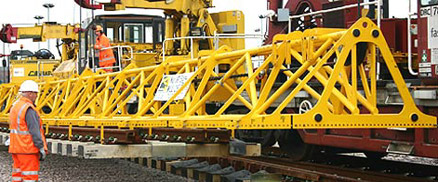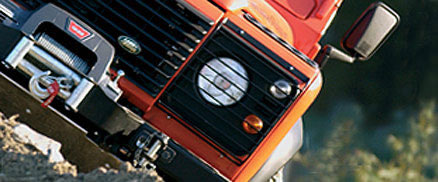If you are planning to use height safety equipment then you need to know the basics to ensure that you are not putting yourself or your staff in danger and that you are following all health and safety regulations.
So what are the different types of height safety equipment? Follow this quick guide to learn about the types of equipment you may encounter.
Fixed Permanent Ladders
Although moveable ladders can be used in construction and other industries to reach the heights of a building, it is often better in terms of safety and efficiency to have fixed permanent ladders installed. They are permanently attached to a building or structure making access to roofs and other higher areas a lot easier and more convenient. This makes building repairs and maintenance a lot easier. As the ladder is fixed it remains steady during ascent and descent making it safer to use. With particularly high ladders often feature a safety cage at the top.
Roof Hand Rails
Roof hand rails are often installed on the roofs of tall buildings to create a safer environment for workers as they provide something to grab onto when carrying out repair works on roofs. Most buildings of a certain height are now required to have hand rails installed on the roof.
Fall Arrestors
As the name suggests these pieces of equipment are designed to arrest a fall if it should happen. The equipment is intended to stop a fall from disabling or killing someone should an accident occur. People working at height are more vulnerable to accidents and any accident that does occur can be much more harmful and sometimes fatal. This is why fall arresting safety equipment must be used at all times when working at height. This is not only a sensible safety measure but also a requirement of the law. If you are working at height or have employees working at height you must ensure that all your height safety equipment meets the health and safety requirements laid out by the law.
Lanyards
These are flexible ropes, cords and wires worn on the body. They are intended to hold an object and keep it in sight. For example when working at heights the worker will need to keep tools and equipment close by them to avoid having to travel up and down a ladder several times. In addition the use of Lanyards ensure that if workers lose their grip on their tools at any time they will not fall to the ground and injure anyone passing below.


